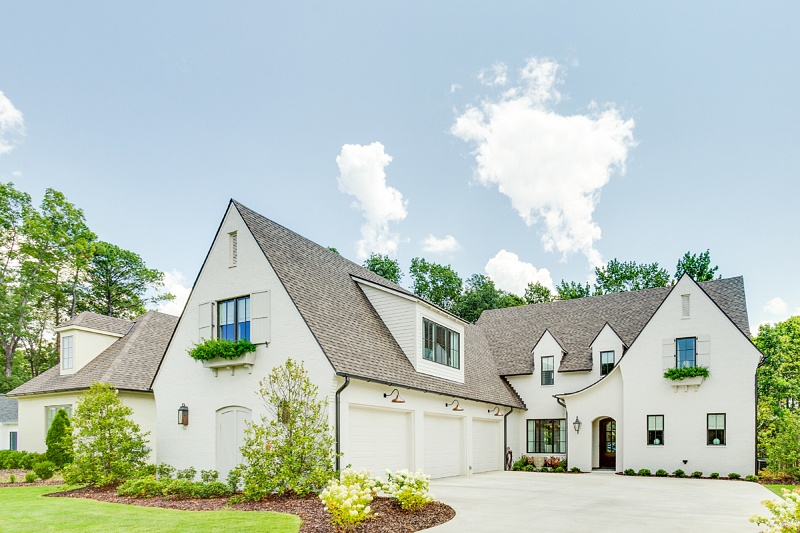There are a few factors involved that would affect the lifespan of your roof. Whether you have shingles, tile, ceramic, or steel there a few things you should be aware of before making any roofr decisions. Here is how you can get a longer lifespan on your roof!

Shingles
Shingles on your roof make a big impact on the style of your roof. While shingles might not last as long as upper-luxury options like slate, tile and cedar roof shingles may outlive several homeowners they are affordable, look good and get the job done. As with most home improvement choices, there is a direct relationship between quality and expense, and in the case of roofing, “quality” usually translates as longevity. Shingles are meant to last at least 20 years.
Underlayment
Your roofing underlayment is a water-resistant or waterproof material installed over your roof deck. Underlayment goes beneath all of the other roofing materials to offer an added layer of protection against rain, snow and ice. In order to guarantee a leak-free roof for years to come, your underlayment must be installed properly. A good investment in underlayment may add years to your roof. Homes in the Northeast region of the United States, benefit greatly from premium waterproof underlayment designed to withstand harsh winter weather.
Ventilation
Ventilation in your roof is another roof component that is unique to each home. A well-ventilated attic can add years from one roof replacement to the next. A vented roof stays cooler, preventing snow melt and ice damming in the winter. Good ventilation keeps your attic from getting too hot or damp, which can rot out your roofing material from the inside. Affordable products like ridge vents and eave vents are almost totally invisible and they are critical to proper ventilation. Make sure you get a Roofr roofing quote before you decide on a contractor.
Installation
The way your roof was installed is a determining factor on the lifespan of your roof. Most roofs have specific installation instructions. Some examples that would affect your roof installation are:
Nails: There are different sizes, types, and certain nails have placement requirements for fasteners (typically nails) used with different shingles.
Insulation: As mentioned above, ventilation in your attic is very important for the life of your roof. Poor roof ventilation can prematurely deteriorate asphalt shingles from the inside out. Manufacturers like insulation4us often set ventilation standards to maintain a product warranty.
Roof Deck: A clean roof deck is another standard installation requirement under most product warranty terms. What’s a clean deck? It means old shingles and underlayment are completely removed before new roofing materials are applied. Stacking new material on old is a recipe for long-term problems. Make sure your contract with your contractor states the removal of old materials.
Wood Shingle Roof
Wood shingle roofs are made from thin, wedge-shaped pieces of natural wood, such as cedar or yellow pine, which are sawn from logs. While less popular they make for an extremely attractive roof. Many times they can be tricky to install and not suitable for most DIYers. A lot of contractors won’t install a wood shingle roof either. Be aware that growing fire hazards in some regions has caused legal restrictions on the use of wood roofing materials. Wood shingle roofs are not recommended in areas where there are seasonal wildfire hazards. Wood shingle roofs have a lifespan of 20 to 30 years.
So which will last the longest?
It’s easy to choose inexpensive options that are more commonly built but when you are faced with the immediate challenge of financing a new roof cost many homeowners are forced to pick a roof based on cost alone. Make a list of pros and cons of all types of roofs and make a logical decision based on your needs.




